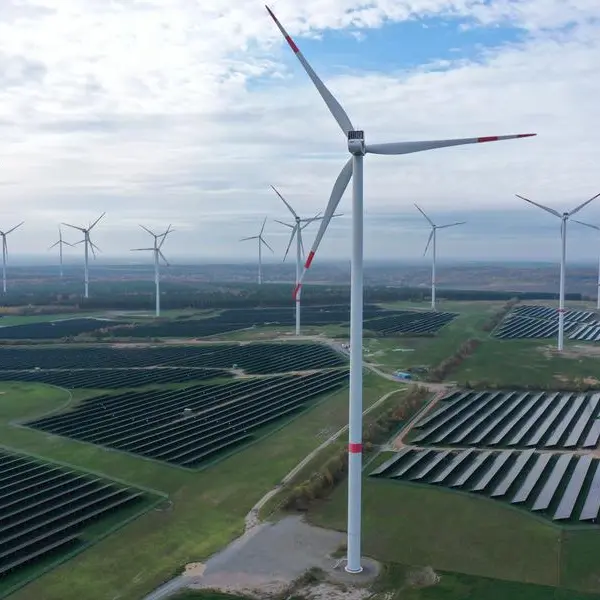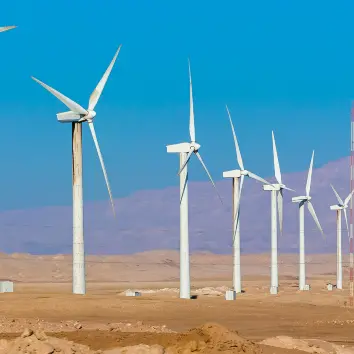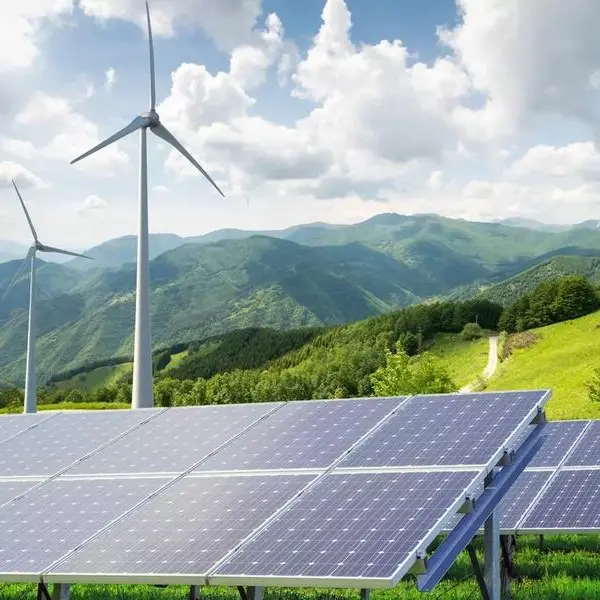PHOTO
SINGAPORE - China's liquefied natural gas (LNG) use over the peak demand summer months is likely to be capped by increased hydropower generation in the country's south and as rising spot LNG prices prompt cost-sensitive consumers to turn to coal, analysts say.
The world's biggest importer of the fuel in June saw heavy rains in the south and heatwaves in the north and east.
Any heatwaves will drive up electricity demand, but China's ability to switch to other power-generating resources could limit LNG imports and help to cap price gains across Asia.
"In recent weeks, it seems that hydro has been performing better than last year so that probably will limit the upside for LNG demand in Guangdong province," Miaoru Huang, a research director at consultancy Wood Mackenzie, said.
Compared with a year ago, in May China's hydropower generation was 38.6% higher and had increased by 14.9% since the start of the year, Citi analysts said in a note, although that was from a reduced level. Hydropower generation fell sharply last year because of a drought.
In contrast, thermal power contracted by 4.3% in May, posting just a 3.6% rise in the first five months despite overall power generation rising 5.5%, they added.
"The rainy season in the main hydropower catchment regions in Southern China starts in May and needs to be tracked for signs for higher-than-normal thermal power generation in 2H'24," Citi analysts said.
A high chance of average temperatures from late June through August will reduce the likelihood of higher cooling demand. In addition, reduced industrial activity, rising spot prices and a ramp-up of domestic gas production will put downward pressure on LNG imports in coming months, said Xu Fei, senior analyst at consultancy ICIS.
State planners' data shows high coal inventories at coal-fired power plants, reducing the need for gas-fired generation, Xu added.
Asia spot LNG prices slid to a near three-year low in February, but have since gained 50% to $12.50 per million British thermal units (mmBtu) as heatwaves across the region spur demand.
"If prices stay at this elevated level, we think that the east coast of China will probably rely more on coal-fired power to meet any shortfall for summer electricity peak demand," WoodMac's Huang said, adding that LNG spot prices of $8-9/mmBtu would be more attractive for Chinese importers.
While China continued to add terminals and LNG storage tanks, boosting imports of the super-chilled fuel in the first half, Huang expects higher spot prices to slow growth in the second half.
The country's LNG import capacity is expected to rise by 35 million metric tons this year to 172 million tons, she said, adding that imports could rise to 79 million tons this year and 86 million tons in 2025.
This compares with China's record imports of 78.9 million tons in 2021, and 71.2 million tons last year, according to customs data.
(Reporting by Emily Chow and Florence Tan; editing by Barbara Lewis)























